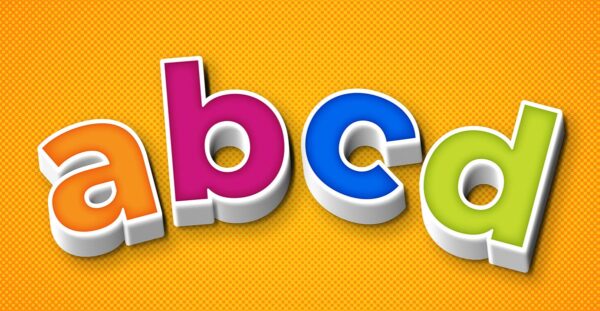My colleague Steven Screen said something profound recently:
“When times are good, donors give. When times are bad, donors give. When times are uncertain… donors wait.”
This spring your organization may have experienced donors waiting. Your fundraising results may have been lower than normal, and you may feel a little panicked.
You are NOT alone!
There are times when some donors wait to give, for reasons we can’t control.
This spring there was scary messaging in the US news around the debt ceiling.
We (mostly) suspected it would turn out okay, but if it didn’t, then… Catastrophic global economic consequences! Immediate recession! THINGS WILL BE TERRIBLE!
Those were the types of headlines we were seeing in the US. (Okay, I made up the last one, but that’s what it FELT like…)
I suspect there were donors waiting to see how the debt ceiling situation played out.
When your job is fundraising and donor giving dips, whether that’s major donor fundraising, direct response fundraising, event fundraising – any area, really – here are three things you should do:
- Glance at a few headlines. Do your best to understand what your donors might be thinking about, fearing, or uncertain about.
- Review your strategy. Are you asking donors to give in a clear, confident, emotional way that has worked in the past? Are you thanking your donors when they give and reporting back on what their gift did?
- If the answer to #2 is YES, you may be in a time where donors are waiting. Keep being faithful with the things you can control and don’t stop fundraising. We’ve seen time and time again that donors resume giving after periods of uncertainty. Make sure you are in front of your donors with strong fundraising offers so they resume their giving to YOUR organization.
By the way, if the answer to #2 is NO, the lack of giving may have more to do with your Asks than your donors. Review your communications with a more critical eye. Sometimes in the day-to-day shuffle – especially when times are weird – messages that are off-topic to donors creep in and cause fundraising to underperform.
Whether times are good or times are bad, donors want to help a cause they care about. Keep asking! Keep thanking! Keep reporting back so they see the good they’re doing!
By the way, once the uncertainty has passed you may have a gap in funding. Tell your donors about it and ask them to help!









